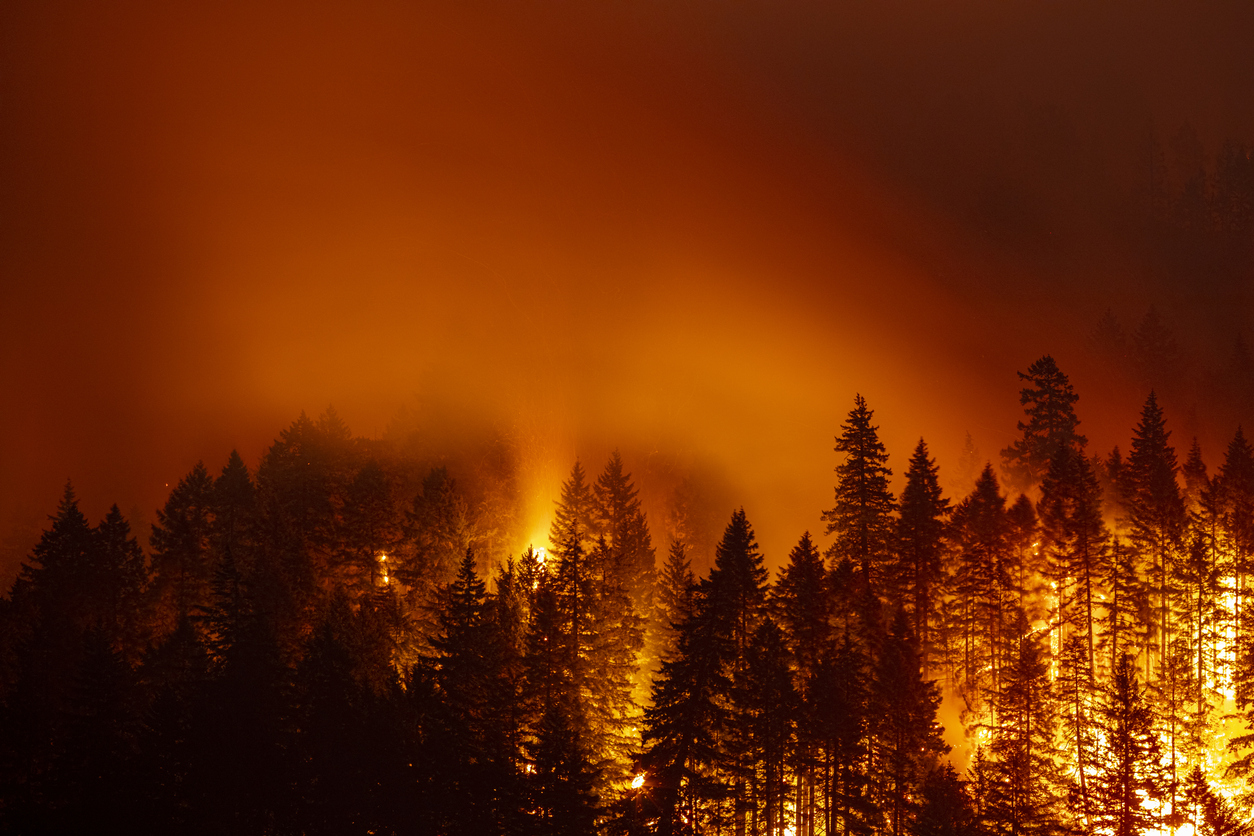Climate change is accelerating, especially in high latitude countries like Canada where climate change is being experienced more directly, and in some cases more dramatically. It is becoming more and more evident that climate change has serious implications for human health, in particular the health of children, who are in a period of rapid growth and development, that if perturbed can have long-lasting consequences for their health and well-being. A recent paper by the Canadian Pediatric Society highlights that increasing air pollution as well as natural hazards and extreme weather events are two of the top climate-related risks posed to children. Climate change is causing more extreme weather conditions, which leads to natural disasters such as wildfires and floods. These events can harm children’s physical and mental health, displace them from their homes, and interrupt their education (which in turn may influence the trajectory of their futures). In BC, increasing wildfire activity is an especially relevant and ongoing issue, which contributes to declining air and water quality, among other hazards. Since April 2021 there have been 1,584 wildfires in BC, which have burned 868,604 hectares of area! Air pollution has been linked to increased respiratory and cardiovascular morbidity and mortality. Due to the respiratory requirements of children who have immature, developing lungs, they are more susceptible to risks associated with poor air quality.
One of the Social Exposome Cluster’s members, Dr. Sarah Henderson, the lead environmental health scientist at the BC Centre for Disease Control has been investigating the effects of wildfires on children’s health. In an interview with CBC news this summer, Dr. Henderson explained that smoke caused by wildfires is dangerous, especially to pregnant women. In an ongoing study, Dr. Henderson and colleagues’ are assessing the health of pregnant women and their babies who lived in the B.C. interior during forest fires in 2017.
Additionally, Dr. Henderson suggested that individuals with lung conditions may not recover normal lung function after wildfire seasons and severe wildfire seasons are associated with a severe flu season. Air pollution impacts immune function and may be responsible for the body’s ineffectiveness at fighting off the virus. In terms of possible intervention and policy, Dr. Henderson’s suggestions include keeping indoor environments clean, having a portable air cleaner in one or two rooms, preventing smoke from entering inside, and preparing smoke readiness plans for buildings in order to decrease smoke intrusion and maintain high air quality inside.
Watch the full interview here: https://www.cbc.ca/player/play/1922787907520
Read the full Canadian Pediatric Society paper here: https://cps.ca/documents/position/global-climate-change
References:
Brown, Scott. (n.d). B.C. Wildfires Update for Sept. 9: 209 Wildfires Burning, 243 Properties on Evacuation Order: Mexican Firefighters Head Home as Wildfires Ease in B.C. Vancouver Sun. Retrieved October 4, 2021, from https://vancouversun.com/news/local-news/bc-wildfires-update-heres-the-….
Society, C. P. (n.d.). Global climate change and health in Canadian children: Canadian Paediatric Society. Global climate change and health in Canadian children | Canadian Paediatric Society. Retrieved October 4, 2021, from https://cps.ca/documents/position/global-climate-change.
What this expert knows about the long-term impacts of wildfire smoke. CBC News. Retrieved October 3, 2021, from https://www.cbc.ca/player/play/1922787907520
